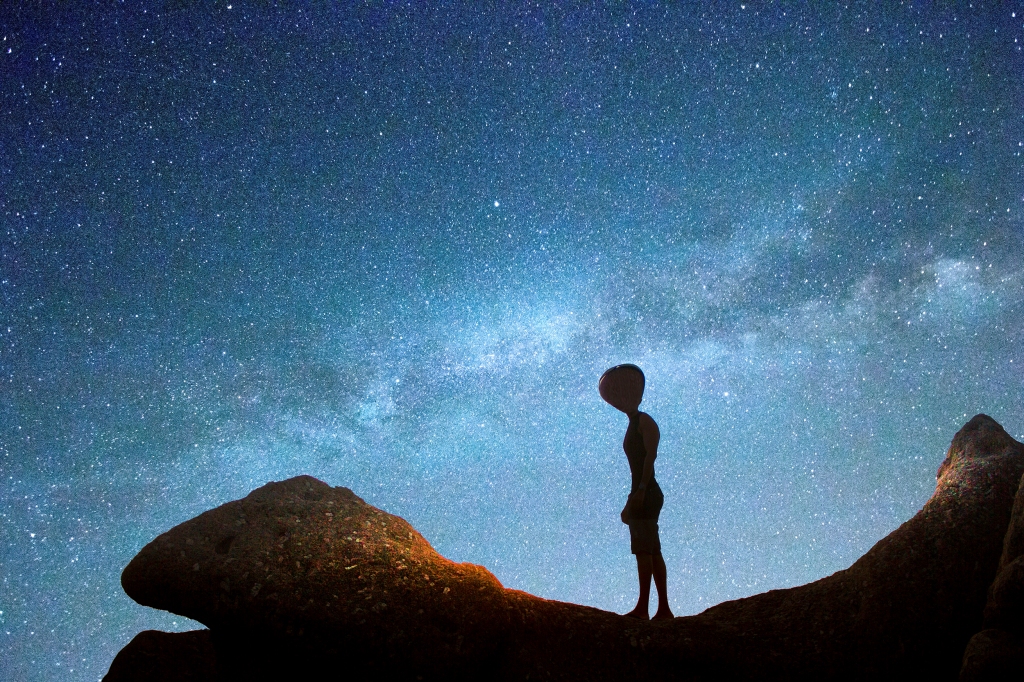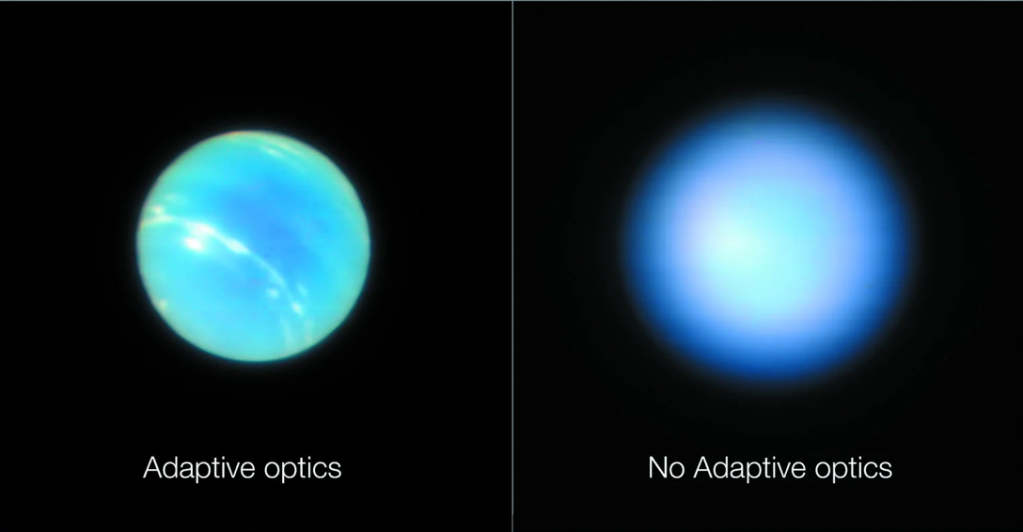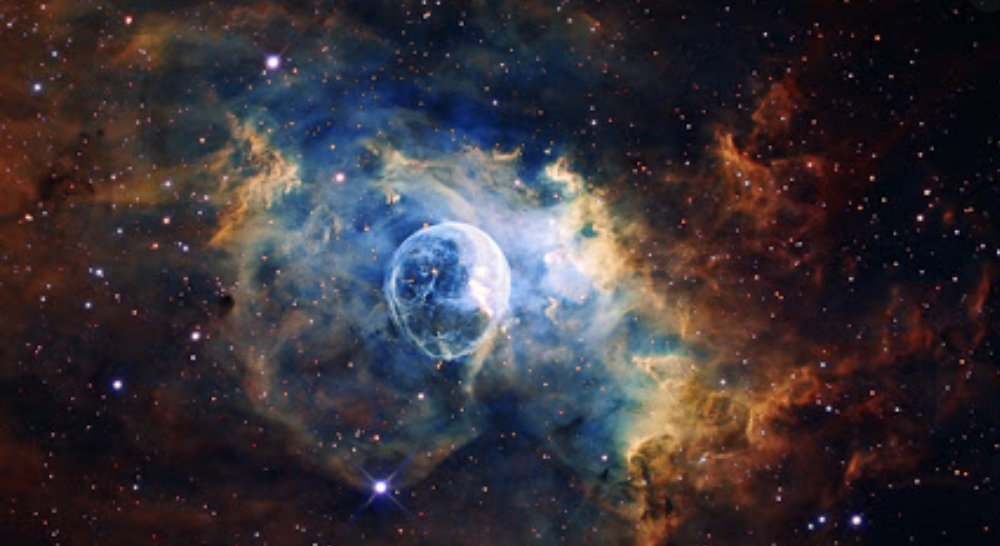Extremophiles are organisms that thrive within severe abiotic environments while maintaining the ability to grow and reproduce. These organisms inhabit areas of extreme temperature, pressure, salinity, acidity, and radiation, surviving through environmentally defined adaptations. Extremophilic organisms are based within both prokaryotic and eukaryotic life, meaning their existence ranges throughout all domains of life. Through the research of such organisms, insights are observed from each environmentally refined adaptation, leading to a deeper understanding of biological function and the range of environmental conditions under which life can survive. Extremophiles are further subdivided into categories based on the environment they exist in. These include thermophiles and psychrophile (characterising extreme warm and cold temperatures), barophiles (high pressure levels), halophiles (extreme salinity), and acidophiles (or conditions with high acidic ph values).
Helicobacter pylori is an example of an extremophile, specifically an acidophile, meaning it thrives in extremely acidic environments. H. pylori is a bacteria that inhabits the high acidic conditions of the stomach. This microbiota secretes the enzyme urease that protects to organisms from the stomach’s hydrochloric acid.









